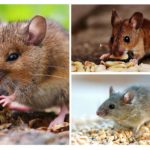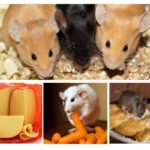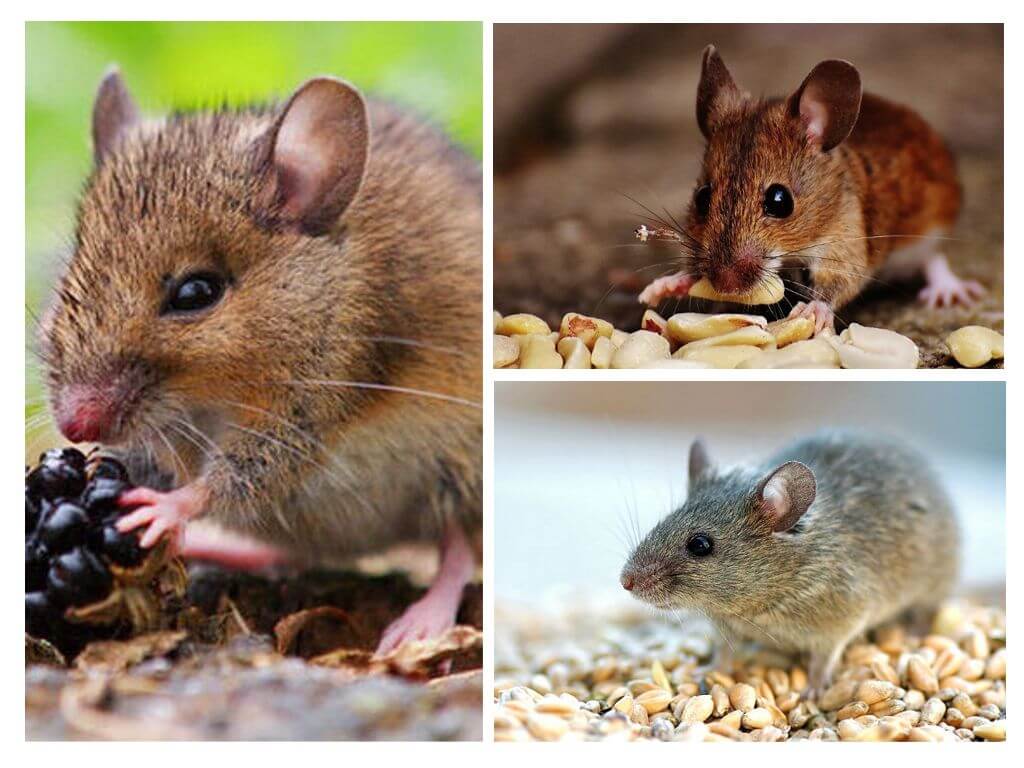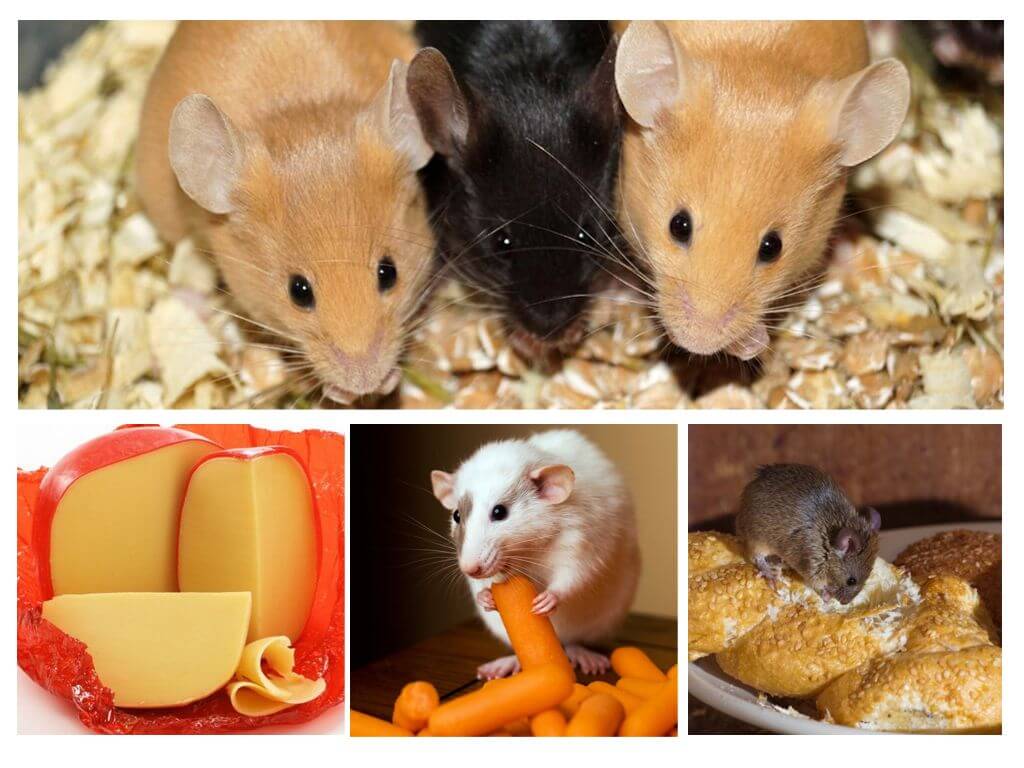What mice eat
- What do mice eat?
- Food for domestic rodents
The mouse is a small animal from the order of rodents, in which there are about 400 species, differing in appearance and habitat of animals. Representatives of the mouse family live in tropical thickets, deciduous and coniferous forests. You can meet a mouse in a meadow and in the steppe, the taiga and in the mountains, in tropical forests and even in a swamp. On the territory of Russia are more common brownies, field and forest mice. Often, these animals live near human habitation. Rodents are almost omnivorous, adapting to different conditions of life.What mice eat can be found in this article.
Special features
Mice are small animals whose maximum body length (depending on mouse species) can reach up to 19 cm. These are very shy creatures, taking care at every rustle and sound. Feeling danger, the animals quickly hide or start running. The language of communication for these small rodents is squeak. They are able to live both individually and as a small family.
In the autumn time, the mouse tries to make stocks that feeds in the winter. She lays them in the nests, which viet of grass stalks. Also, rodents dig complex systems of underground passages and use abandoned burrows that serve them as a refuge.
The animals have an excellent appetite. They love to eat agricultural plantations, and this harms the crop. But getting rid of rodents is not easy at all, since rodents breed very quickly: a female individual at a time can bring up to 10 mice. During the year, each female leads 3-4 offspring. And given the fact that animals become sexually mature after 70-80 days and the female’s pregnancy lasts no more than 25 days, it becomes clearthat mouse populations replenish quickly enough.
On a note!
Under natural conditions, animals live for 9-10 months. Much higher lifespan of mice in captivity (up to 7-8 years).
What do wild rodents like?
In nature, wild mice inhabit where there is food they can eat. They equip their homes and replenish stocks of food throughout the fall. In search of food, mice usually leave their homes at night. Rodents prefer to eat plant food. Forest animals eat grass seed, tree fruits, tops of plants, nuts, acorns and mushrooms. They can also eat insects: various beetles, grasshoppers, spiders, caterpillars, crickets and even worms.
In the cold season, these mammals do not hibernate, they continue to lead an active lifestyle, and in case of starvation in a panic state, they begin to look for food for themselves. In winter, animals are not always noticeable, as they try to move under the snow.
Meadow, steppe and field mice eat grain (millet, buckwheat, barley, wheat and oats), clover and fruit. Vole can also feed on stalks of cereals and seeds, loves seedlings and flowers.The green part of plants, various buds, roots, leaves and shoots - this is what feeds the mouse that lives in the swamp and along the banks of rivers.
On a note!
Often, the mice settle in the hives, where they begin to feed not only on the dead, but also on living bees. In addition, they eat honey and perga, necessary for bees in early spring.
There are also mice in the house. They settle there when their stocks run out, damaging the structure and the harvested crop.
What do home mice love
But the most large gluttons can be called rodents living next to a man, as well as near his home. Most often these are small white animals that very quickly get used to a man and are trainable. Mice that live in people's homes are fed not only by cereals, they eat various foods: potatoes, beets, carrots, they can eat quail eggs and even sausage. It is known that mice eat cockroaches at home.
Mice's favorite food is apples, melons, grapes. They can also eat bread, greens in the form of lettuce leaves, young shoots of nettle, sprigs of raspberry or apple. They love to eat dried fruits, zucchini, cucumbers, green parts of plants (parsley, dill).
Some members of the mouse family do not exclude raw meat in their diet. It may even have mice of smaller sizes. So dimensional yellow-haired mice are able to eat their own kind - small brothers living in a field or forest. However, this is only possible if they are in the same room or cage. In nature, the manifestations of cannibalism are practically not observed. This is explained by the fact that small animals are much more mobile and smarter than their large relatives.









